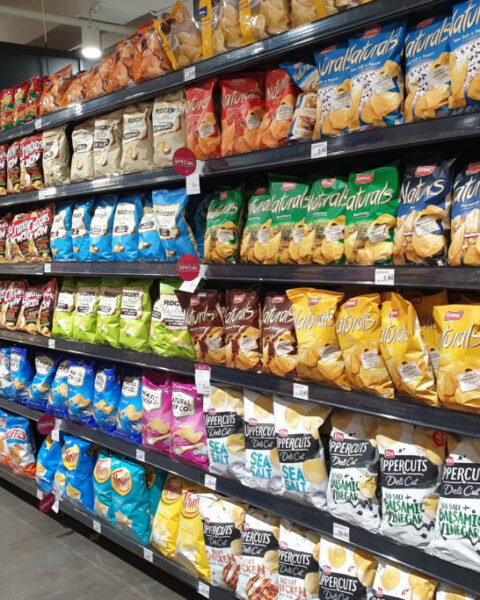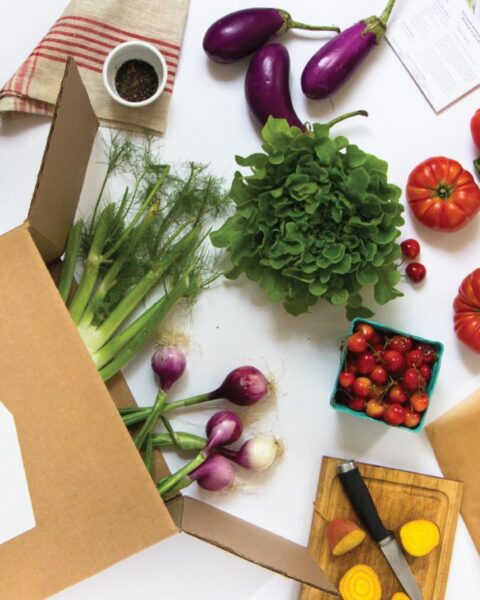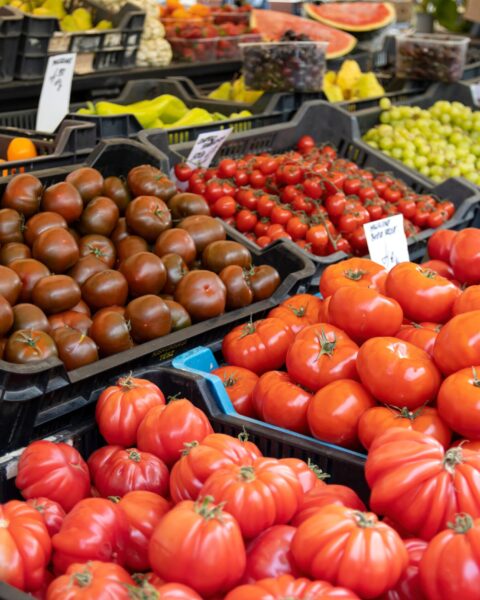Making homemade pickles is one of those satisfying kitchen projects that’s easier than you might think. With just a few simple steps and the right tips, you can turn fresh cucumbers and your favorite spices into crunchy, flavorful pickles that rival anything from the store. Let’s dive into the secrets that make homemade pickles absolutely perfect!
Contents
- 1 Choose Fresh, Firm Cucumbers
- 2 Trim the Blossom End
- 3 Use the Right Salt
- 4 Opt for Appropriate Vinegar
- 5 Maintain Proper Brine Ratios
- 6 Add Flavorful Spices
- 7 Use Filtered Water
- 8 Sterilize Jars Properly
- 9 Pack Jars Tightly
- 10 Use Boiling Water Bath for Canning
- 11 Allow Flavors to Develop
- 12 Store Pickles Correctly
- 13 Experiment with Vegetable Varieties
- 14 Maintain Ideal Temperatures
- 15 Avoid Metal Utensils
- 16 More From RetailShout
- 17 13 Must-Try Costco Prepared Foods (And 11 Not Worth It)
- 18 15 Unbeatable Costco Deals to Grab This December
Choose Fresh, Firm Cucumbers
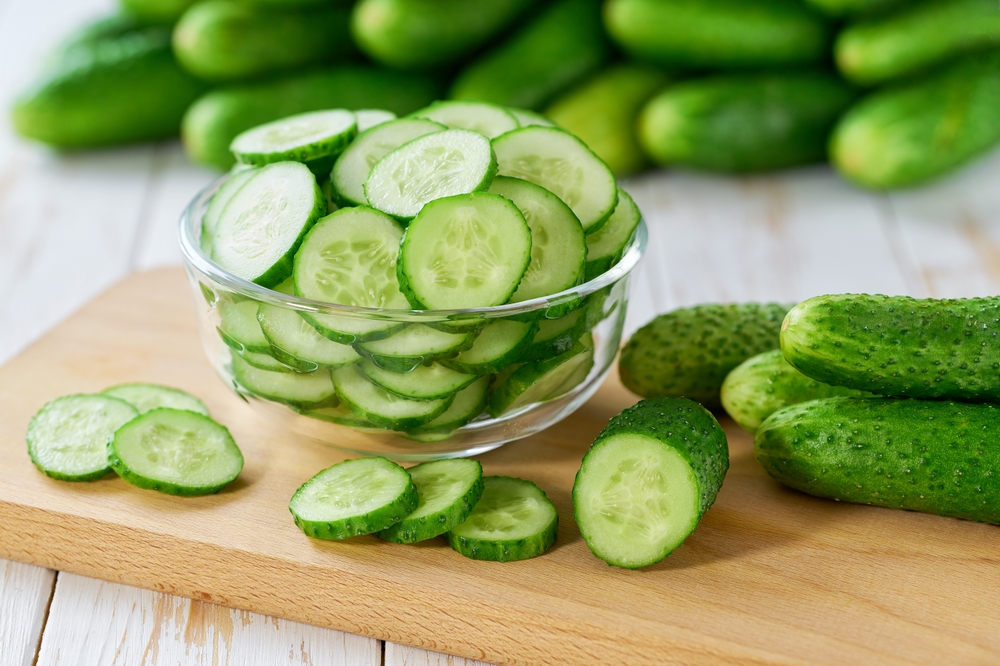
Selecting fresh, firm cucumbers is essential for crisp pickles. Overripe or soft cucumbers can result in mushy textures. Pickling varieties like Kirby or Persian cucumbers are ideal due to their firm flesh and thin skins. Harvest or purchase cucumbers early in the morning when they’re most turgid. Processing them soon after picking preserves their firmness.
Trim the Blossom End
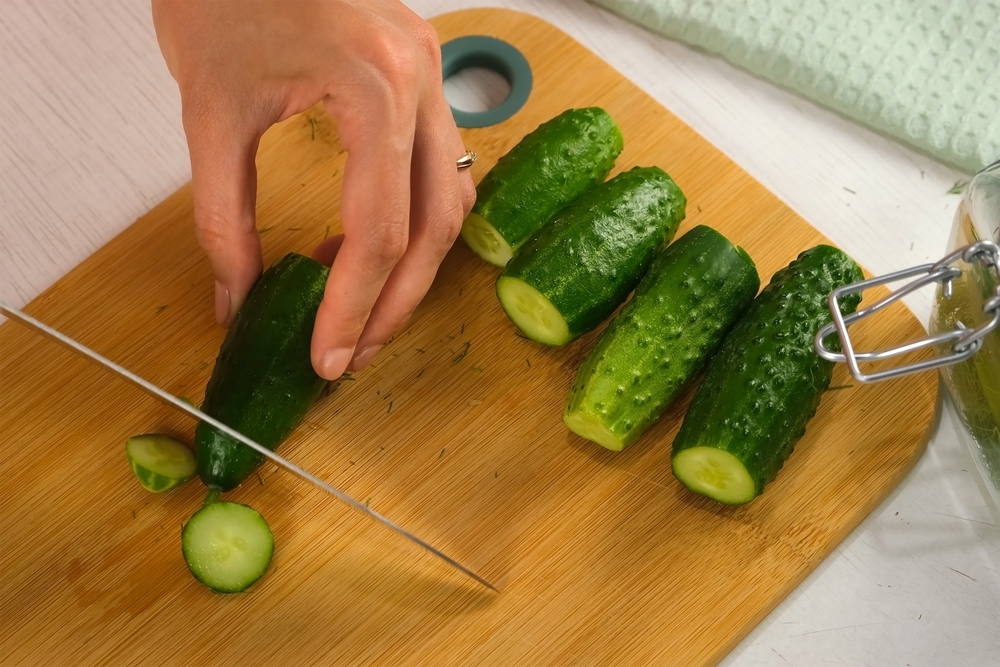
The blossom end of cucumbers contains enzymes that can soften pickles over time. Removing at least 1/16 inch from this end helps maintain crispness. This simple step prevents unwanted enzymatic activity during pickling. Ensuring all cucumbers are trimmed enhances the overall texture of the batch.
Use the Right Salt
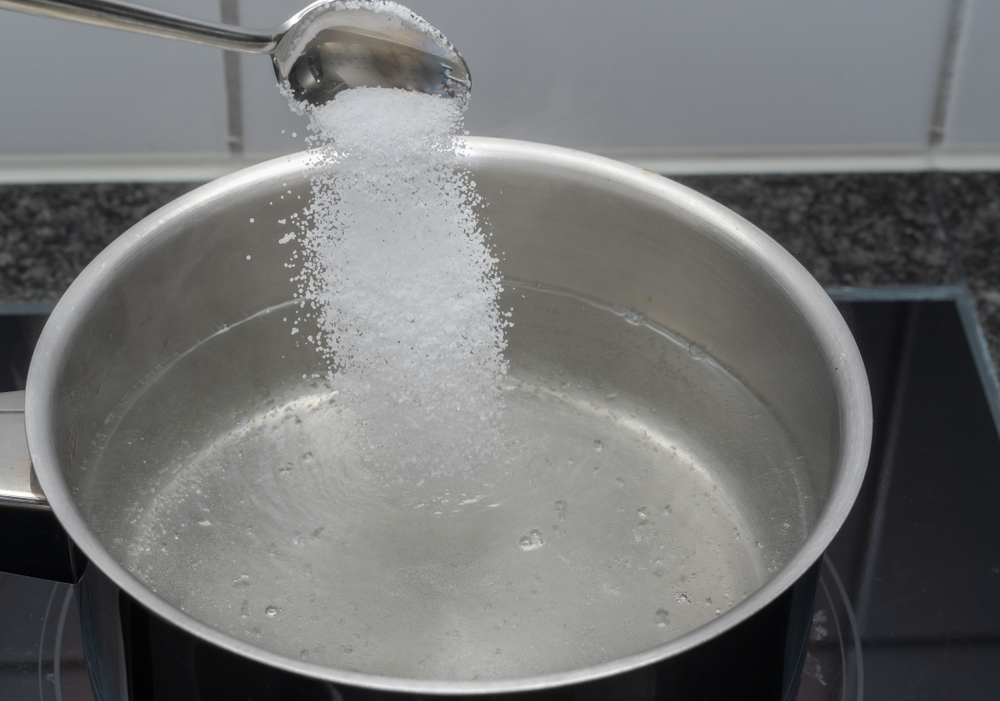
Pickling or canning salt is free from additives like iodine and anti-caking agents, which can cause cloudiness in the brine. Its fine texture allows it to dissolve easily, ensuring a clear brine and consistent flavor. Avoid table salt, as its additives may negatively affect both appearance and taste. Using the correct salt is crucial for achieving desired results.
Opt for Appropriate Vinegar
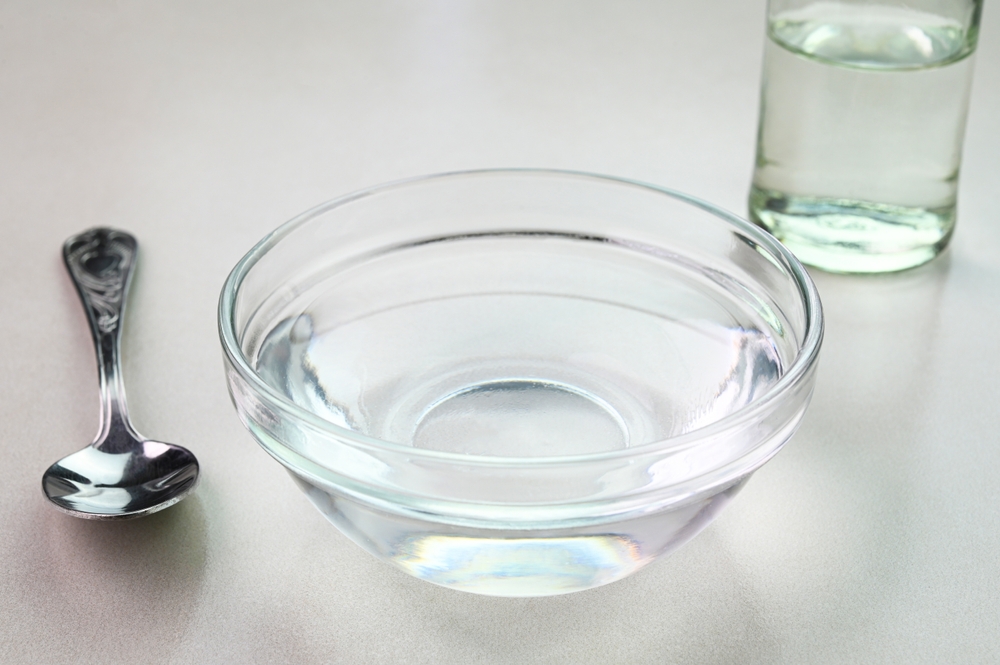
White distilled vinegar, with its clear color and high acidity, is commonly used for pickling. It preserves the natural color of vegetables and provides a sharp flavor. For a different taste profile, apple cider vinegar can be used, imparting a mild sweetness. Ensure the vinegar has at least 5% acidity to safely preserve the pickles.
Maintain Proper Brine Ratios
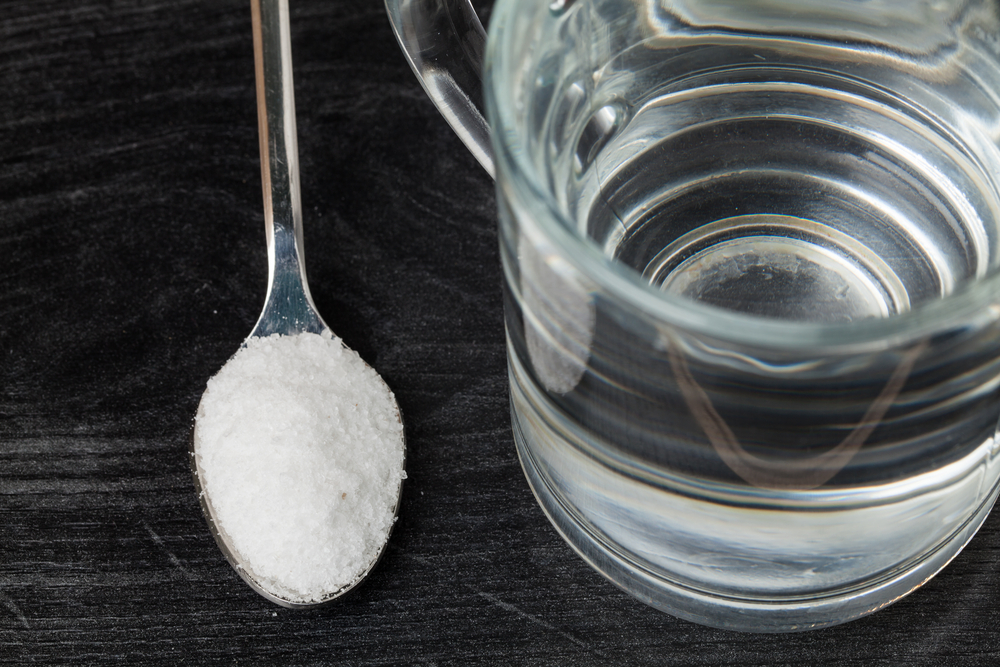
A standard brine consists of equal parts water and vinegar, with pickling salt added for flavor. This ratio ensures the pickles are adequately preserved and develop the desired tanginess. Adjusting the vinegar-to-water ratio can modify the pickles’ acidity and flavor intensity. Consistently measuring ingredients guarantees reliable results.
Add Flavorful Spices
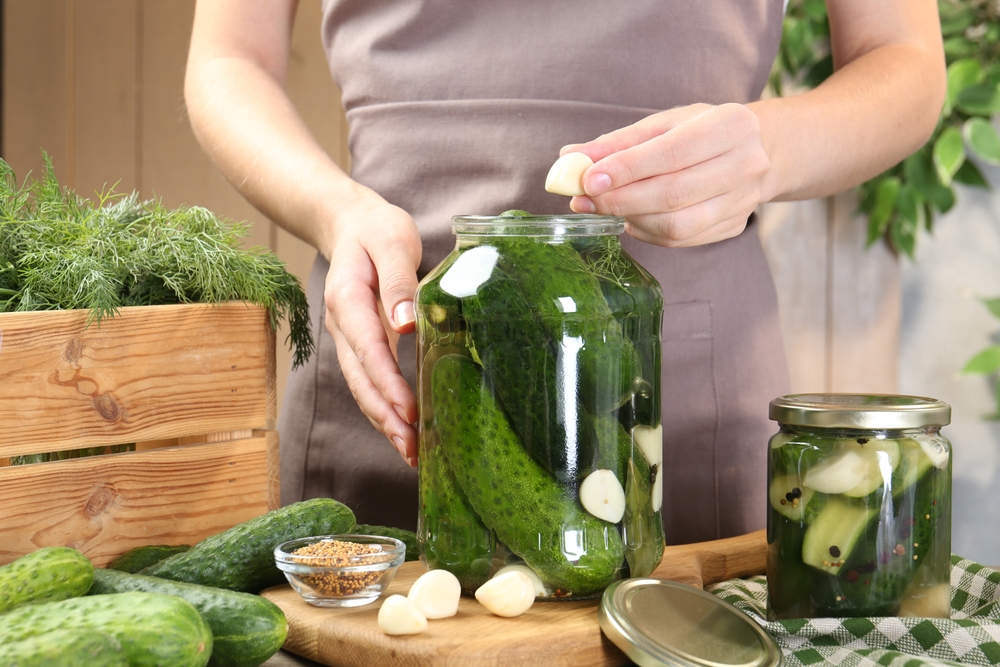
Incorporating spices like mustard seeds, dill seeds, coriander seeds, and peppercorns enhances the pickles’ flavor. Fresh garlic cloves and dill heads are traditional additions that provide aromatic notes. Experimenting with spices such as cloves, cinnamon sticks, or red pepper flakes allows for customized flavors. Balancing spices ensures a harmonious taste profile.
Use Filtered Water
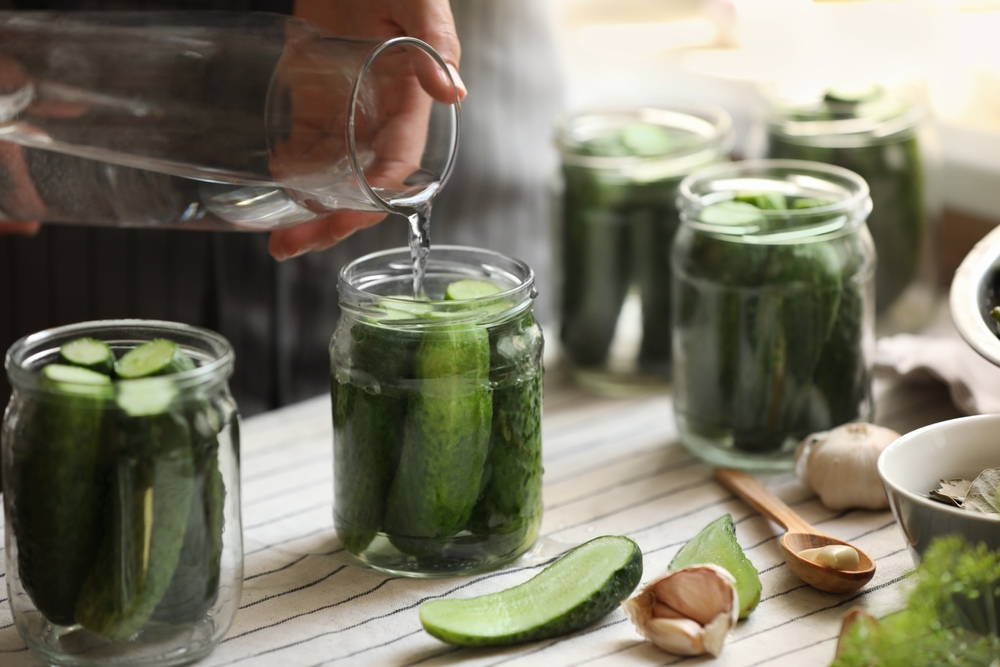
Using filtered water in the brine prevents off-flavors caused by chlorine and other impurities found in tap water. This ensures the pickles’ natural flavors shine through without unwanted tastes. Filtered water contributes to a cleaner, more predictable brining process. It’s a simple step that can significantly impact the final product’s quality.
Sterilize Jars Properly
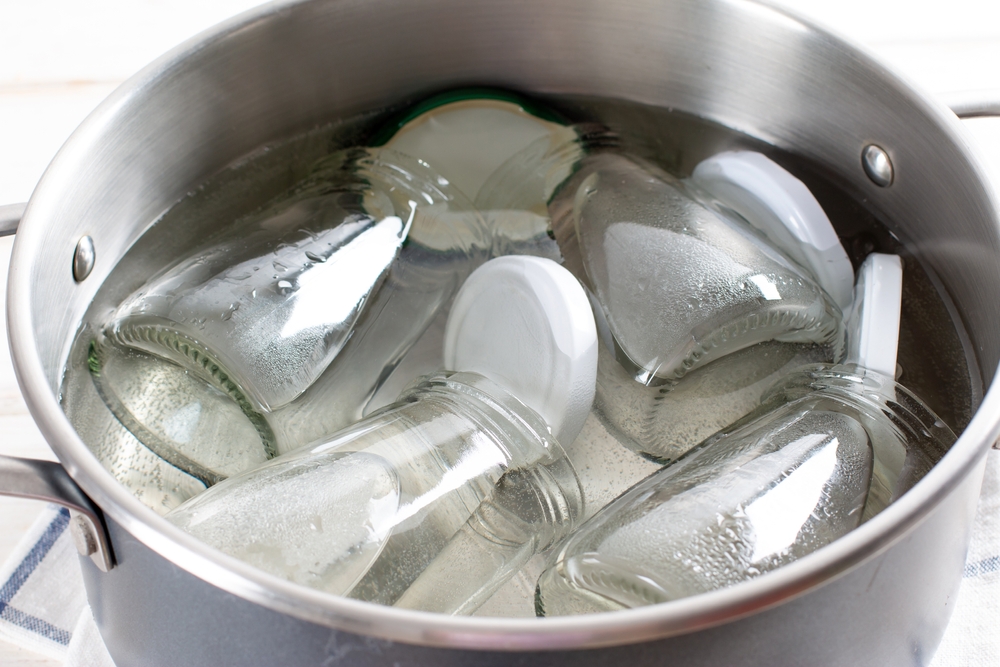
Ensuring jars are thoroughly sterilized prevents contamination and extends the shelf life of pickles. Boiling jars and lids before use eliminates harmful bacteria. Proper sterilization is especially crucial when canning pickles for long-term storage. Clean jars contribute to the safety and quality of the preserved pickles.
Pack Jars Tightly
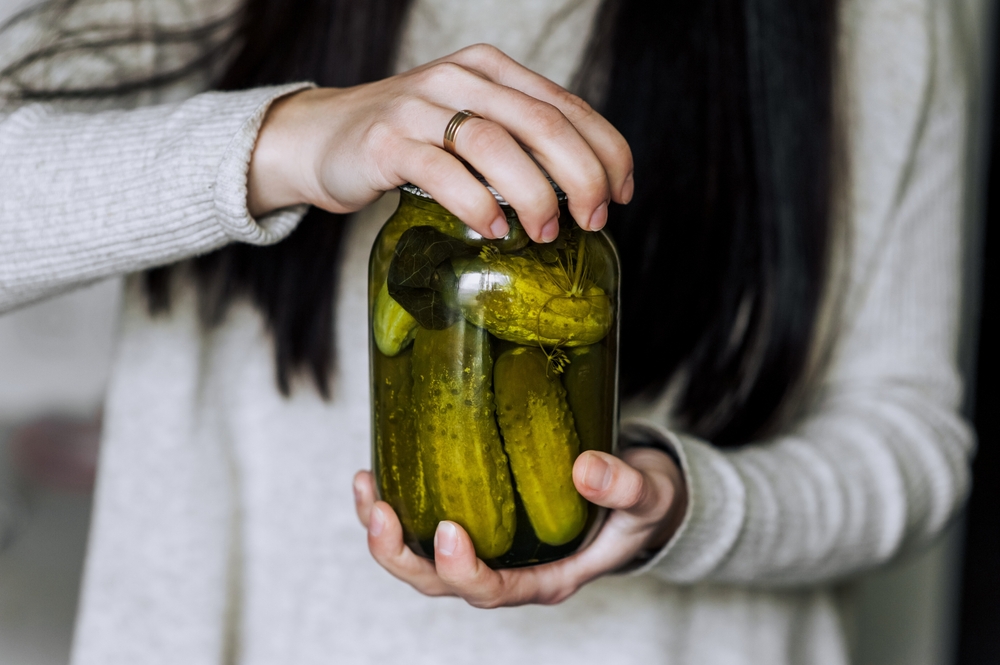
Arranging cucumbers snugly in jars minimizes air pockets and ensures even brine coverage. Leaving appropriate headspace—about 1/4 inch—allows for expansion during processing. Tightly packed jars also prevent cucumbers from floating, which can lead to uneven pickling. Proper packing is key to achieving uniformly flavored pickles.
Use Boiling Water Bath for Canning
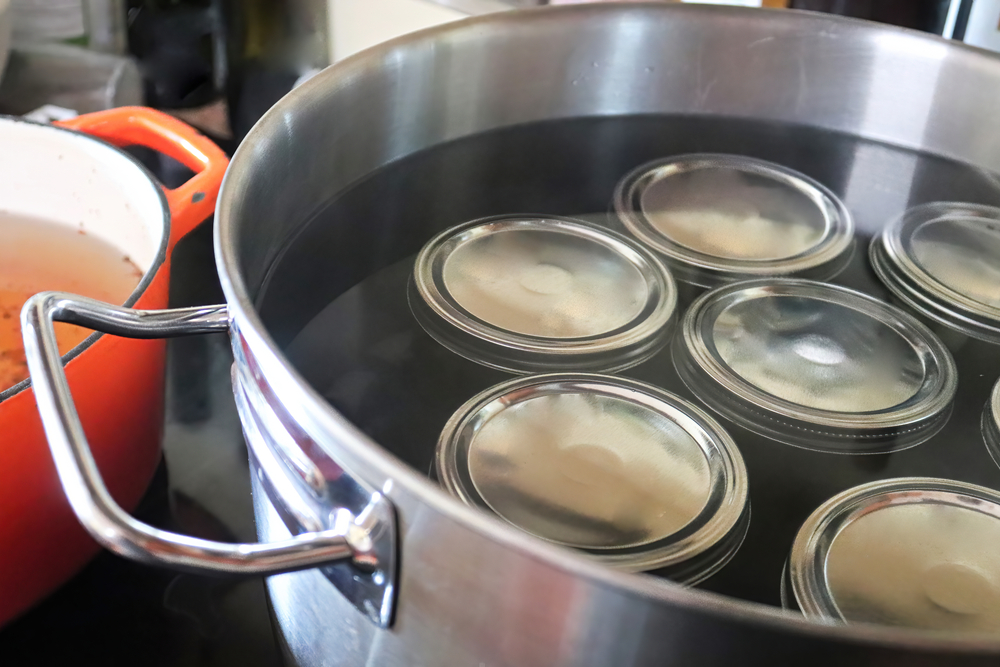
Processing jars in a boiling water bath seals them and extends their shelf life. This method is essential for safely preserving pickles at room temperature. Following recommended processing times based on jar size and altitude ensures safety. Proper canning techniques prevent spoilage and potential health risks.
Allow Flavors to Develop
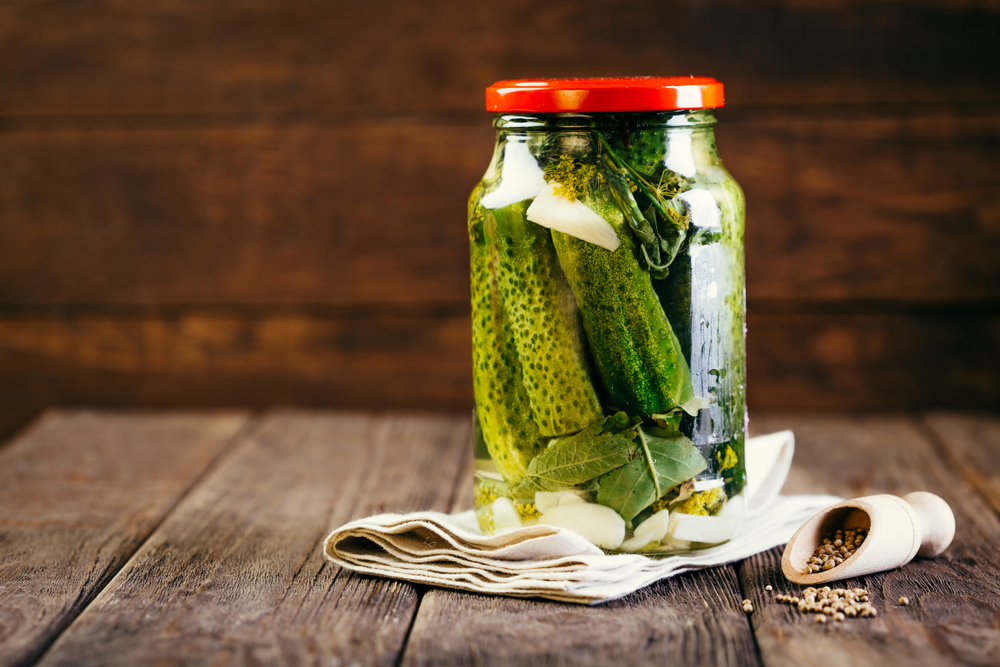
Letting pickles sit for at least 48 hours before consumption allows flavors to meld. This resting period results in a more harmonious and developed taste. Patience during this stage enhances the pickles’ overall quality. The wait ensures that the brine fully penetrates the cucumbers, imparting desired flavors.
Store Pickles Correctly
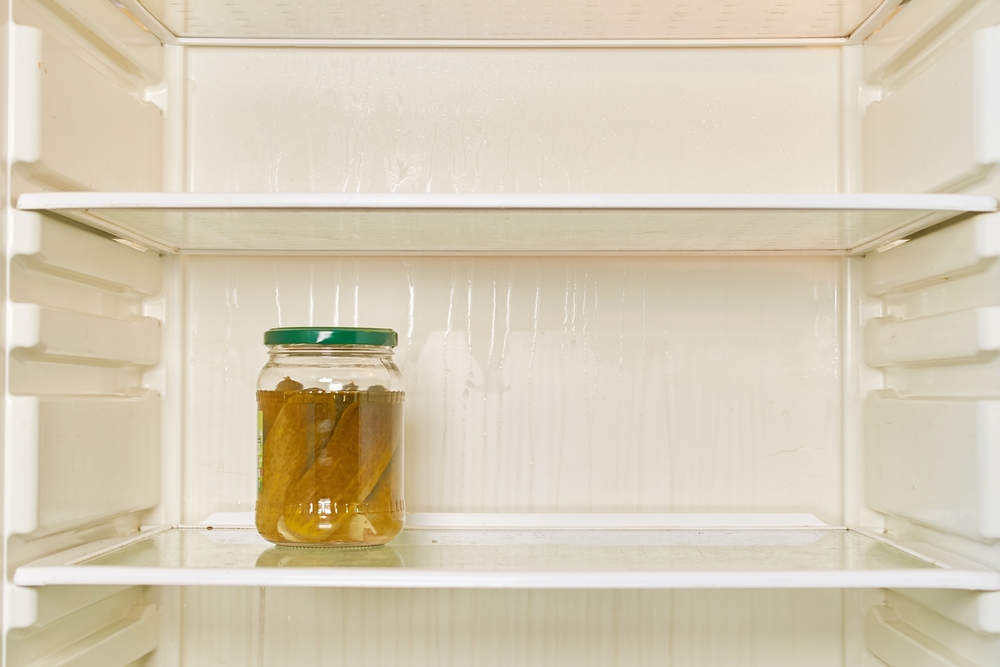
Refrigerator pickles should be stored in the fridge and consumed within a few weeks. Canned pickles can be kept in a cool, dark place for up to a year. Proper storage conditions maintain the pickles’ texture and flavor. Regularly checking for signs of spoilage ensures safety.
Experiment with Vegetable Varieties
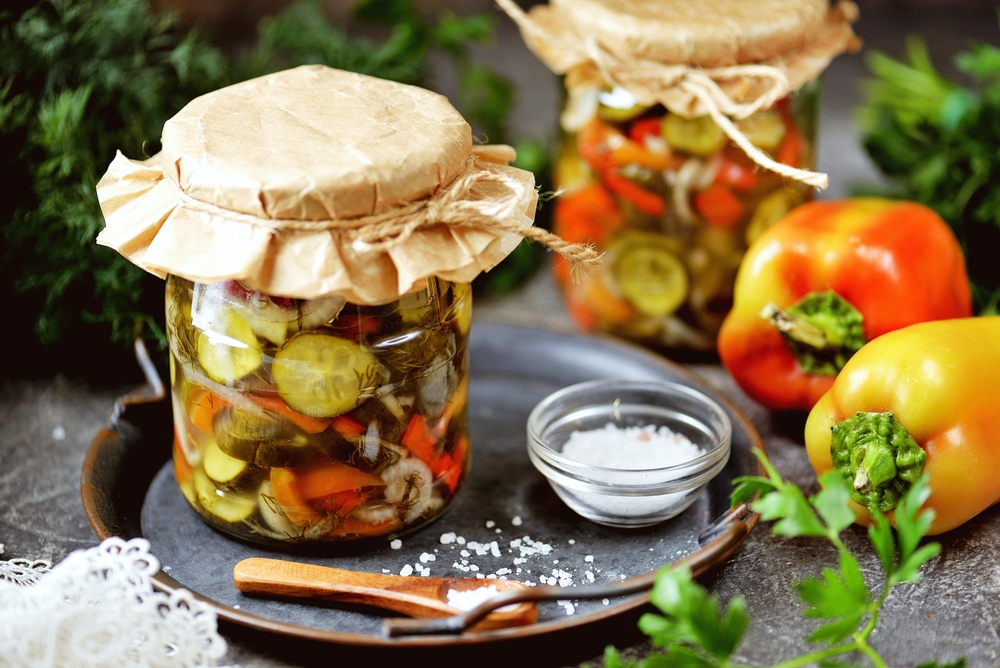
Beyond cucumbers, vegetables like carrots, bell peppers, cauliflower, and green beans can be pickled. Each offers unique textures and flavors, allowing for diverse pickle assortments. Exploring different vegetables keeps the process exciting and provides a variety of pickled options. Mixing and matching vegetables in one jar can result in unique flavor combinations. Pickling various vegetables allows for creative customization of snacks or condiments.
Maintain Ideal Temperatures
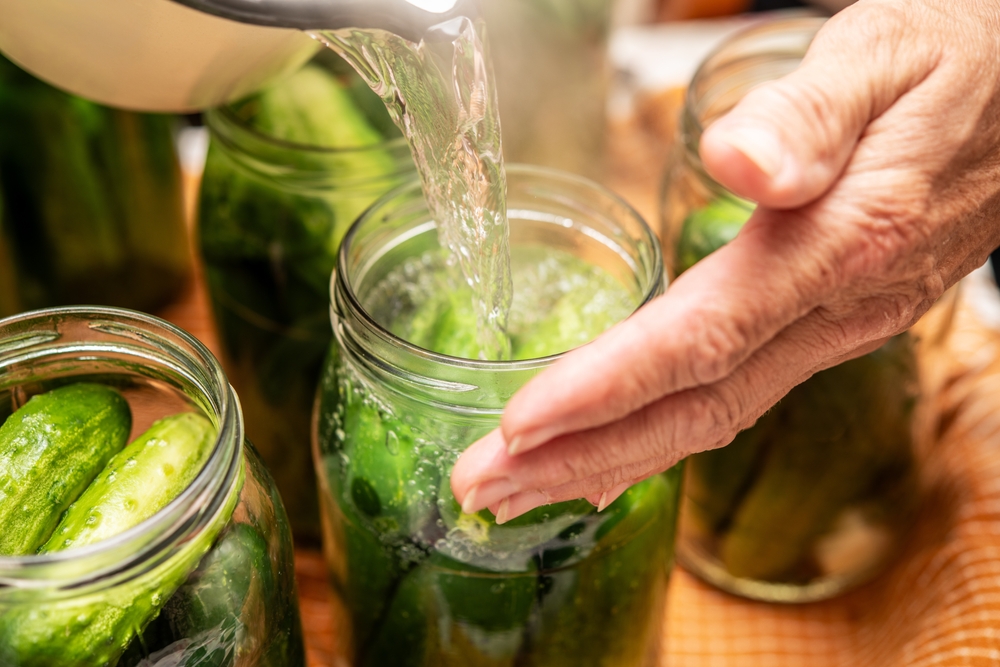
Ensuring the brine is hot but not boiling when poured over cucumbers is crucial. Excessive heat can soften the cucumbers, while insufficient heat might not activate the pickling process properly. Maintaining an ideal temperature aids in preserving the vegetables’ crunch. This balance also ensures that the cucumbers absorb the flavors evenly.
Avoid Metal Utensils
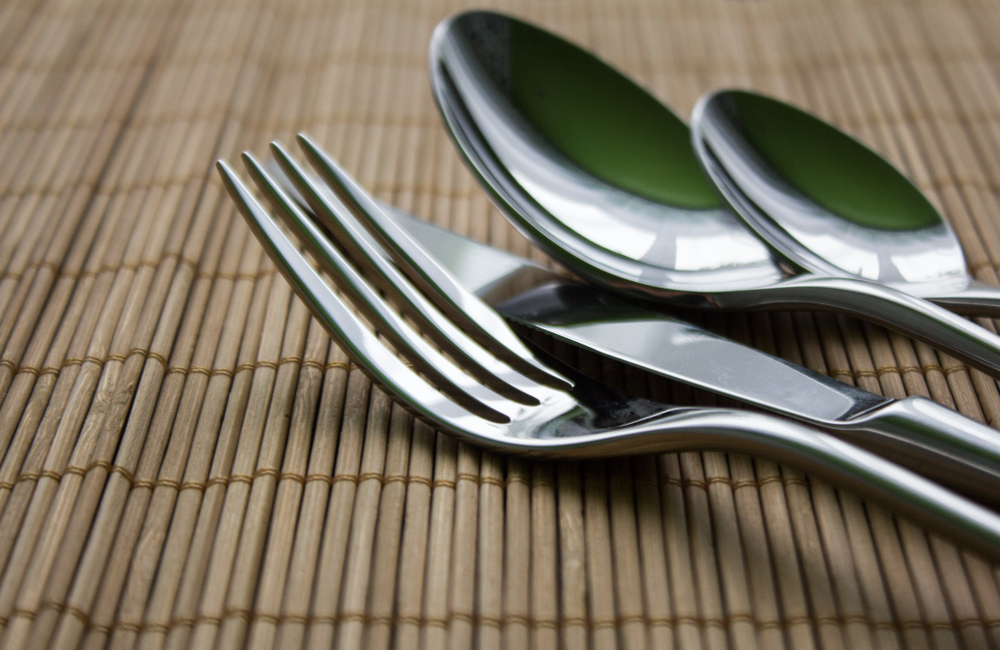
Using wooden or plastic utensils to stir brine prevents chemical reactions with acidic liquids like vinegar. Metal can react with the acid, causing undesirable flavors or cloudiness in the brine. Non-metal tools ensure the integrity of the pickling process and the final product. This precaution helps maintain the clarity and taste of your pickles.
This article originally appeared on RetailShout.
More From RetailShout
15 Creative Dollar Tree DIYs to Transform Your Home Decor

Transforming your home doesn’t have to cost a fortune. With a little creativity and some affordable finds from Dollar Tree, you can elevate your decor in ways that look both stylish and personalized. Read More.
13 Must-Try Costco Prepared Foods (And 11 Not Worth It)
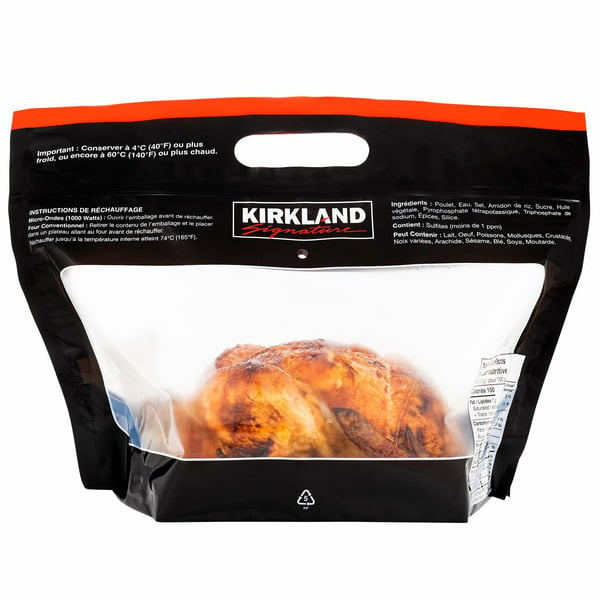
If you’re a Costco member, you know the warehouse store is full of tempting food options, especially when it comes to ready-made meals. But with so many choices, it’s easy to end up with something that’s just not worth your time or money. Read More.
15 Unbeatable Costco Deals to Grab This December
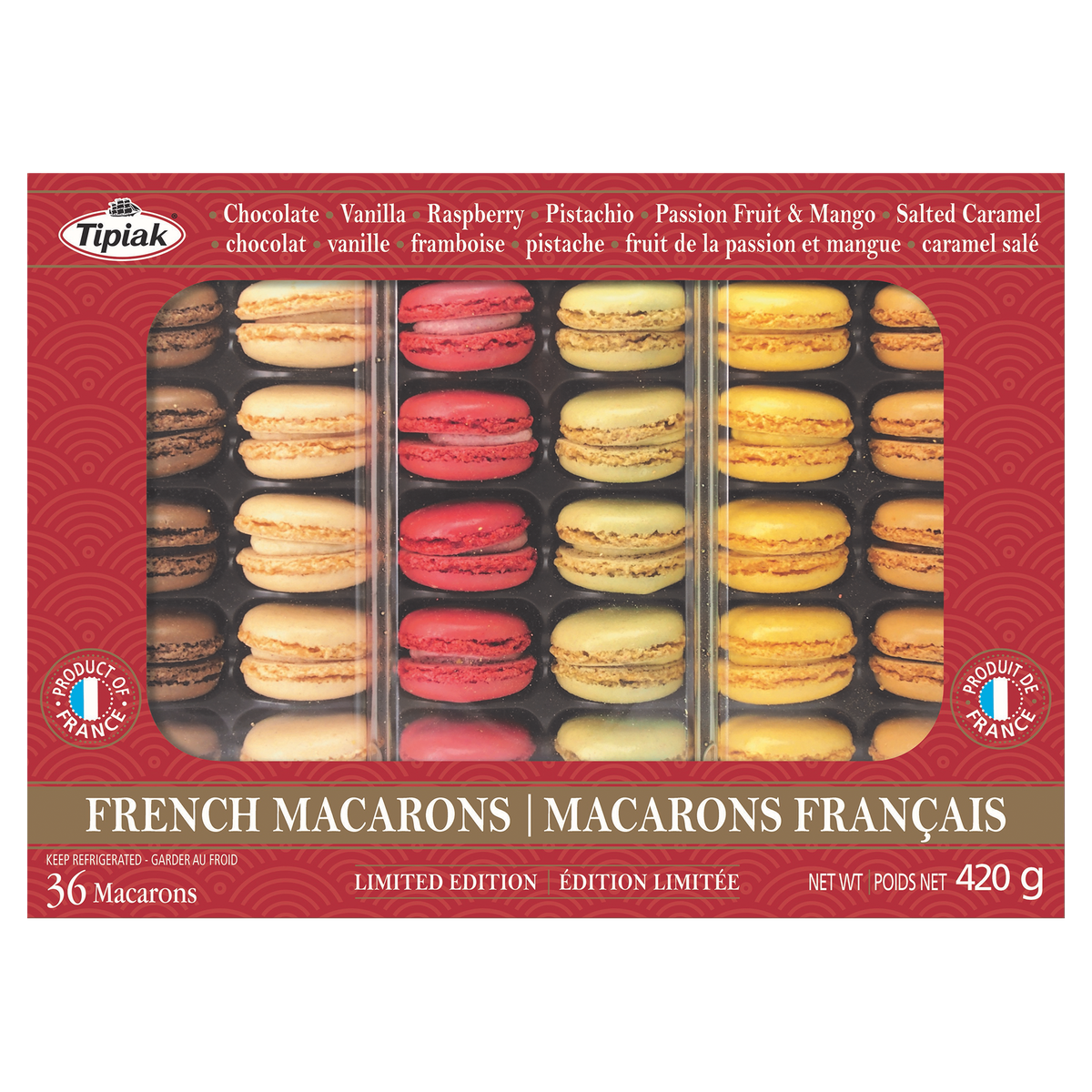
Costco is the go-to spot for unbeatable deals, and December is no exception. With the holiday season in full swing, it’s the perfect time to stock up on gifts, seasonal goodies, and household essentials without breaking the bank. Read More.

